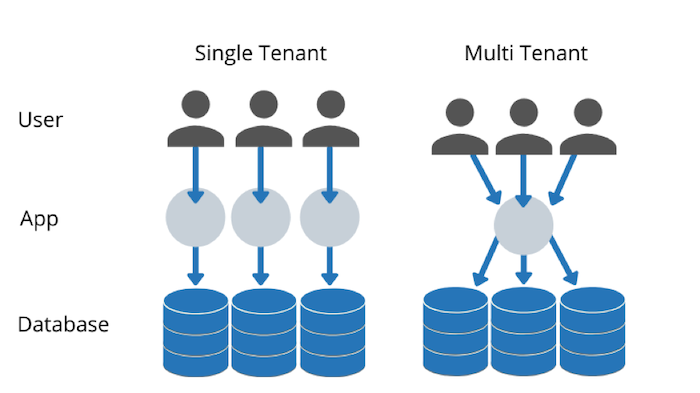

Updated January 2, 2025
Software development is a difficult process, so you should make sure all your questions are covered before embarking on a project with your team.
It’s never fun to be in the middle of a software development process and run into a budget-breaking roadblock.
While there will always be some obstacles on the way to a product launch, you can avoid some big ones by asking the right questions before you develop.
Looking for a Software Development agency?
Compare our list of top Software Development companies near you
The developers over at Devetry have been helping organizations strategize software products for years. These six questions are the most often overlooked, yet we’ve found that they affect our client’s software the most.
So, the next time you’re planning a software product, ask these development and business questions to your stakeholders.
Before you begin development, you need to select a database. And before you select a database, you need to understand the type of data your application will store — both now and in the future.
To give you an idea of how complex this seemingly simple answer can be, here some types of data that you might need to consider:
Depending on the types of data, you may need a very specific database. If you hastily select an improper system, it could cost you time and resources.
In a similar vein, consider your data requirements in a few year’s time. What does your long-term product look like? Your future business goals will have a strong case for selecting a database.
Depending on your industry, location, or users, there will likely be certain regulations you need to consider. Failing to strategize around these regulations may result in online penalties, user drop-off, or multi-million-dollar lawsuits. Here are the big ones you need to consider.
Your software must adhere to the necessary regulations.
Depending on your application and how you’re going to use it, there will be a handful of best practices you should abide by. The most common best practices that can be applied to most applications are:

There are likely other best practices depending on your specific industry, users, and business requirements so consult with a senior engineer before your project.
Many software applications start as internal technology. Your team has a software idea that will make your day-to-day functions more productive. It works so well that, all of a sudden, your software is its own product.
However, there are challenges in transforming software meant for one set of users (single-tenant) into software available to many sets of users (multi-tenant). In single-tenancy architecture, each tenant has its own database and software instance.

In multi-tenancy architecture, there is one large database that’s segmented for different instances or user groups.
These two architectures are completely different, and migrating your database from single to multi after years of data collection can become a huge project.
This “now we want to sell it” scenario occurs frequently. So be sure to consider the possibility of selling your software, even if it’s not an immediate business requirement.
If you tell your development team that tens of thousands will use your application, they will select languages and frameworks that are best suited for a large user base. If your actual user base ends up being 200, you’ve wasted resources and created an unoptimized piece of software and server architecture.
So before you begin to develop your software, be realistic with the number of users and growth of your userbase. Sure, we all want our software to attract millions of users, but for most of us, that’s not going to happen.
Your actual number of users will affect how you build your application and what features are prioritized.
The last important question to ask your team requires you to think about your users.
Will your users exclusively use your application on a mobile phone? Your app needs an exceptional mobile experience.
Will your users access your app in a low bandwidth area? Your app should minimize data transfer size.
Understanding your user’s preferences and online habits will help you select optimal tools and prioritize features. This understanding will improve the odds of adoption and high engagement, and help translate your idea into a useful software application!
To recap, here are the six questions we just walked through:
Depending on your industry or userbase, there are other questions and considerations you should ask yourself. That’s why we always recommend having a senior engineer (or better yet, a CTO) in your initial strategy meetings.
At a minimum, these six questions will help you create a clear strategy and plan for execution. These steps will prevent roadblocks as you develop, ensure an on-time launch, and result in a better software product.


